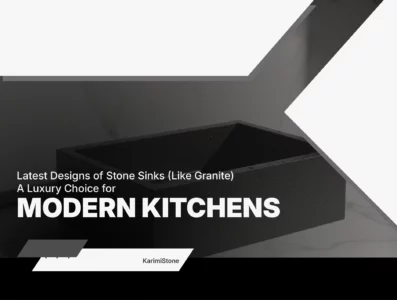
Post Page
Introduction: Why the Tombstone Market in Russia Matters
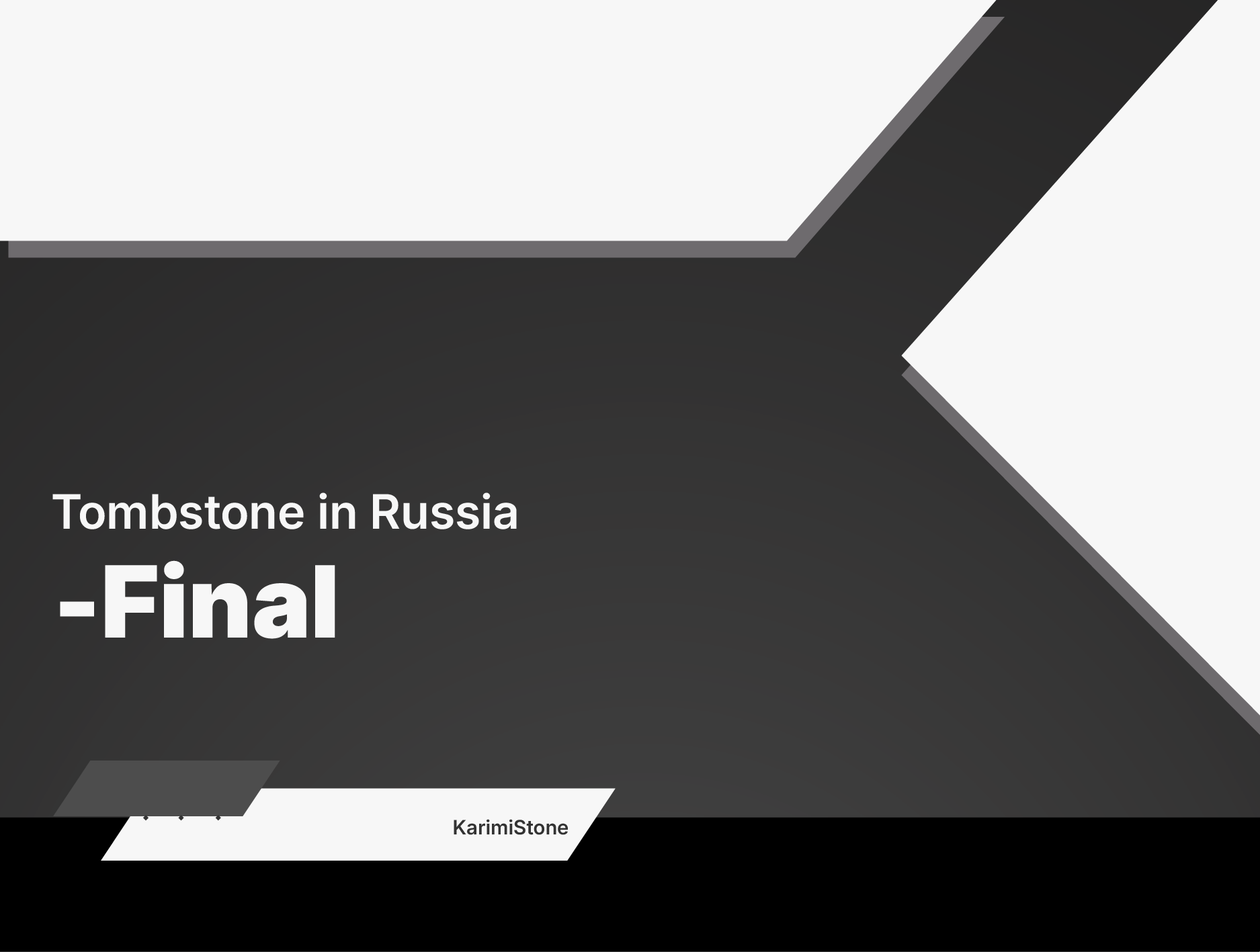
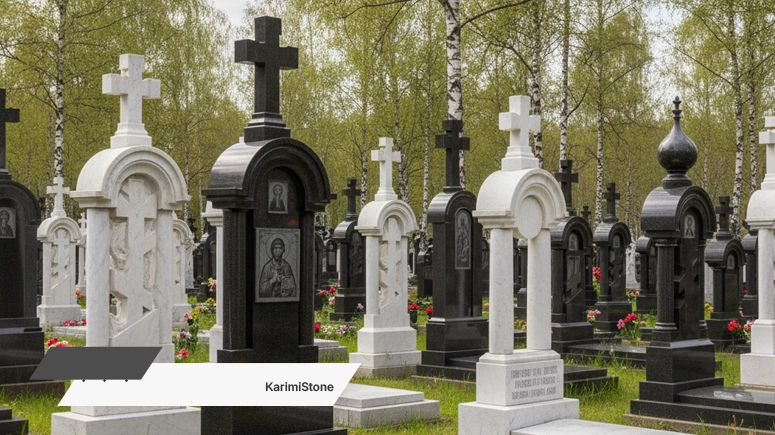
Tombstones are one of the main and most specialized branches of the decorative stone industry.
Unlike façade or general construction materials that depend on urban development projects, demand for tombstones remains steady and continuous.
In Russia, the combination of memorial culture, Orthodox religious traditions, and appealing design preferences creates a significant market opportunity for tombstone stone consumption.
The overall natural stone market in Russia generated about USD 163.1 million in 2024, and it is expected to reach approximately USD 238.7 million by 2030, with a compound annual growth rate (CAGR) of around 6.8%.
Although the tombstone segment represents a smaller share of the total natural stone market, its stable demand and symbolic importance make it one of the most attractive options for stone exporters.
Additionally, Russia’s decorative stone industry includes about 240 to 250 quarrying and processing companies, most of which are small-scale operations.
The Ural region accounts for the largest share of block extraction and significantly influences domestic stone supply in Russia.
Moreover, Russia hosts a major exhibition called STONE INDUSTRY, a key platform for presenting stones, tools, and technologies within Russia and the CIS countries.
Karimi Stone has actively participated in this exhibition in previous years.
Opportunities in the Russian Tombstone Market
- Stable Cultural and Religious Demand
Unlike project-based construction materials, tombstone demand remains steady, as memorial needs continue every year. This cultural factor ensures consistent consumption.
- Differentiation Through Quality and Design
Manufacturers offering durable materials, beautiful designs, and advanced engraving services can easily stand out from cheaper alternatives.
- Import Potential and Shortage of High-Quality Products
Some tombstones in Russia are imported — particularly those with unique designs or stone types.
Exporters who provide higher quality, reliable after-sales services, and faster delivery times can gain a competitive edge.
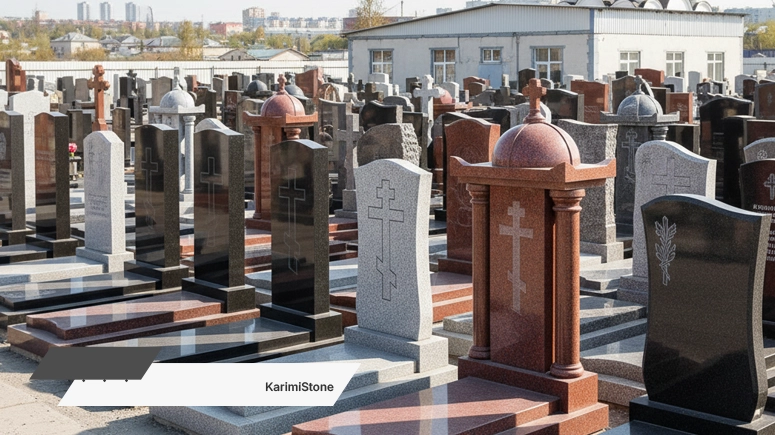
- Emerging Design Trends
Laser engraving, photo etching, lighting features, metal or mixed-material combinations, and contemporary forms are increasingly attracting new buyers.
- Cooperation with Local Stakeholders
Collaborating with local cemetery design offices, funeral companies, and sculptors can ease market entry and create strong business relationships.
Challenges and Barriers
- Climatic Conditions and Stone Durability
In colder regions, stone must withstand freeze–thaw cycles. Stones with high water absorption or weak structure may experience surface scaling or cracking.
- Transportation and Logistics Costs
Tombstones are heavy products, and transporting them to remote Russian regions is expensive.
Strong packaging and secure shipping are essential.
- Local Competition
Russian companies using domestic stone often have lower production costs and may offer more competitive prices.
- Import and Customs Regulations
Exporters must comply with Russia’s import rules, labeling requirements, quality standards, and taxation.
- Cultural Understanding and Local Preferences
Design preferences may vary by region — for instance, Orthodox religious symbols and Cyrillic inscriptions are culturally important.
Ignoring these aspects can lead to reduced sales.
Market Analysis and Outlook
- The overall natural stone market in Russia is growing steadily, and tombstones can represent a complementary segment within this expansion.
- The Herfindahl-Hirschman Index (HHI) for the Russian stone market indicates increasing competition among exporters and domestic producers.
- The imported and custom decorative stone segment — including specialized tombstones — shows higher growth potential than general-purpose stone.
Conclusion:
Foreign companies or exporters entering the Russian tombstone market should focus on quality, distinctive design, strong local service, and smart logistics strategies to succeed.
Strategic Recommendations for Entering the Russian Tombstone Market
- Focus on High Quality and Durability
Offer products guaranteed to resist frost and freeze–thaw cycles. - Adapt to Local and Cultural Design
Familiarize yourself with Russian cultural symbols, Cyrillic writing, and local cemetery architecture to tailor designs appropriately. - Build Local Partnerships
Collaborate with local agents, cemetery design offices, and engraving companies to accelerate product distribution and acceptance. - Develop an Efficient Logistics Strategy
Consider local warehousing in Russia or nearby countries, use rail or cost-effective land transport, and ensure professional packaging to prevent damage. - Participate in Russian Stone Exhibitions
Events like STONE INDUSTRY Moscow are crucial for brand building, product presentation, and connecting directly with Russian buyers. - Specialized Branding and Marketing
Show completed projects, provide quality certificates, and publish insightful content to attract professional buyers.
FAQ – Frequently Asked Questions About the Tombstone Market in Russia
- Is importing tombstones into Russia allowed?
Yes. Tombstone imports are permitted, but importers must comply with customs regulations, labeling requirements, and quality standards.
The importing company must provide documentation for stone origin, type, and processing method for customs clearance.
- What are the most popular stone types for tombstones in Russia?
Granite is the most common choice — especially in colder regions — due to its high resistance to freezing and abrasion.
Dark and uniform tones (such as black or dark grey granite) are the most popular for aesthetic and cultural reasons.
- What factors influence tombstone selection in Russia?
Durability against climate, color and texture, engraving design, and customization options are key factors.
Families also value traditional Russian styles and religious symbols such as the Orthodox cross.
- Which regions of Russia have the strongest markets?
Major cities like Moscow, Saint Petersburg, and central regions such as Nizhny Novgorod and Kazan show higher demand due to population density, development, and consistent purchasing power.
- How can exporters gain Russian buyers’ trust?
By providing technical quality certificates, real stone samples, after-sales service, and effective communication with local representatives.
Transparency in pricing and delivery times is also essential for building trust.
- Does participation in Russian stone exhibitions help?
Yes. Attending trade fairs such as STONE INDUSTRY Moscow creates direct contact with importers, contractors, and design offices, enhancing brand visibility and credibility.
- Should tombstone designs align with local culture?
Absolutely. Designs reflecting Russian religious traditions (especially Orthodox), Cyrillic inscriptions, and classical styles are culturally preferred and increase sales potential.
- How can transportation costs be optimized?
Setting up warehouses in nearby countries (such as Kazakhstan or Belarus), using rail routes, and group shipments can significantly lower logistics costs.
- What value-added services increase competitiveness?
Laser engraving, 3D designs previews, online stone selection, and strong, elegant packaging all enhance brand value and customer experience.
- What is the growth outlook for this market?
Given stable cultural traditions and rising demand for customized designs, Russia’s tombstone market shows an upward trend.
Companies that focus on quality, cultural design adaptation, and local partnerships will capture the largest share of this market.




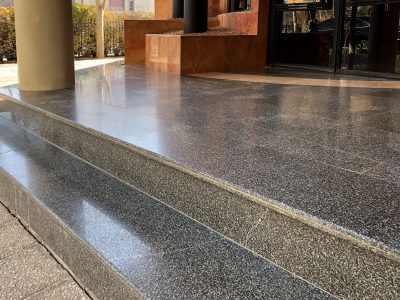

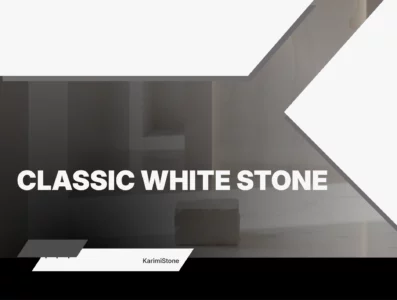
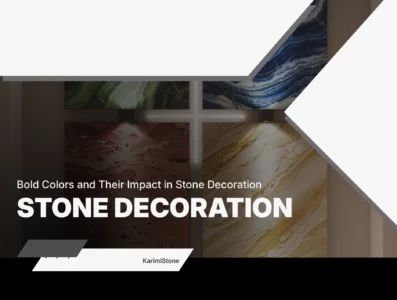
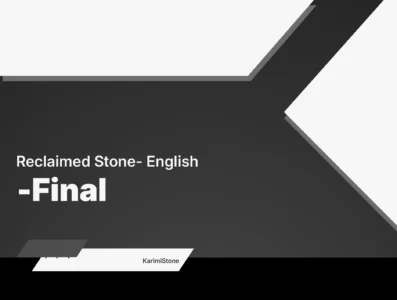
 Online Catalogue
Online Catalogue
